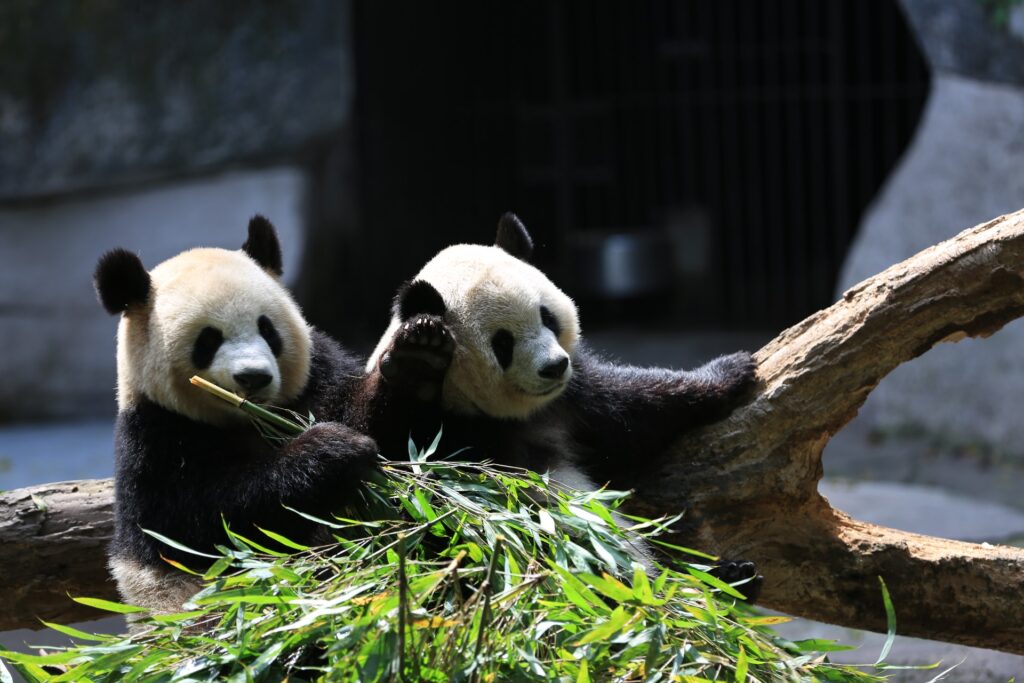Biodiversity is vital for a healthy environment and a healthy planet.
Every plant and animal has a role to play to keep its ecosystem healthy.
It might be a food source, a pollinator, an ecosystem engineer or a seed disperser, to name a few. But all have a job to do.
The keystone to it all
Every ecosystem has keystone species. These plants and animals play a critical role in maintaining the structure of the ecosystem community. Without keystone species, the ecosystem would change dramatically – and could even collapse completely.

While Australians would be sad if koalas became extinct, the environment would likely recover well enough if they disappeared. But woylies, which many people have never even heard of, are a keystone species. They are ecosystem engineers that play a major role in maintaining the health of forests in WA’s South West.
These small, cryptic marsupials munch on underground fungi. While digging for delicious mushrooms, they aerate the soil. This allows more water to seep deeper into the ground and helps move nutrients around. They also spread fungal spores to native plants that rely on the fungi to help them to grow.
While these truffle snufflers are pretty cute, they’re really rare to see in the wild. Koalas are bigger, fluffier and much easier to spot hanging out on the East Coast. So how do we get people to care about woylies as much as they care about koalas?
Cute and cuddly gets the likes
It turns out that conservation is a popularity contest. It’s similar to a political election – people support who they like the best.
It’s easy to get people to care about giant pandas, elephants and fluffy koalas. It’s harder to get them to care about weird underground plants, a marsupial they’ve never seen or poo-eating beetles.
Luckily for the less loveable species, conservation scientists have worked out how to use the adorable animals to the entire ecosystem’s advantage.
Let’s take koalas. To protect the koala, we need to protect their habitat – eucalyptus trees. By protecting the forest, we also protect other keystone species that live there. In this way, we can highlight a single species for conservation but actually protect an entire ecosystem.
We need biodiversity to have healthy, sustainable ecosystems for plants and animals, the planet and ourselves. Keystone species are crucial for that.
So while the cute and cuddly may hold the key to our hearts, keystone species hold the key to the planet.







